The Danish Art of Contentment.
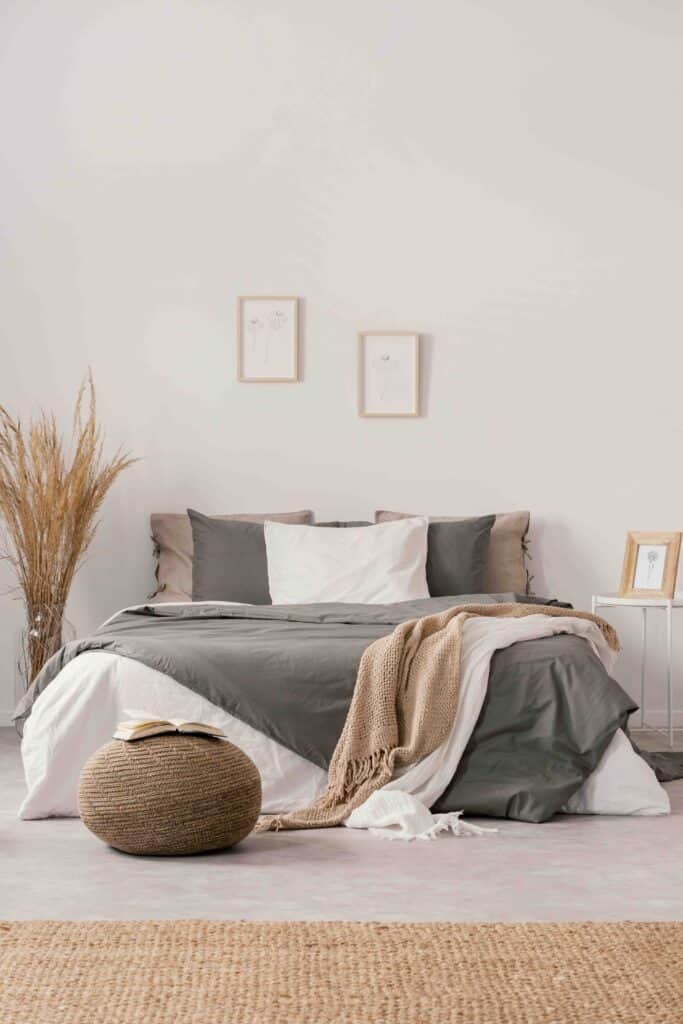
Have you heard of hygge? This Danish concept, which epitomizes contentment and coziness, has garnered international attention in recent years. Named to Oxford Dictionaries’ “word of the year” list several years ago, hygge (pronounced “hue-guh”) has inspired countless books, recipes, candles, and even T-shirts, all offering insights into why Danes are considered some of the world’s happiest people.
But Denmark wasn’t always this serene haven of happiness. A century ago, the nation was a prominent empire, and its people were as dissatisfied as anyone else. As Denmark’s influence declined, its citizens turned inward, focusing on the comforts of home and personal well-being. In doing so, they developed hygge, a lifestyle centered on the art of embracing life’s simple pleasures. While there’s no direct English translation, hygge is often described as “coziness”—though it goes far deeper than that.
At its heart, hygge is about creating a sense of warmth, safety, and well-being, particularly at home. It’s found in the quiet joy of a candlelit bath, the comfort of gathering with friends, or the satisfaction of a well-prepared meal. It’s about celebrating small, everyday moments with intention. One might think of it as a kind of Danish Zen, a mindfulness practice rooted in the tangible comforts of daily life.
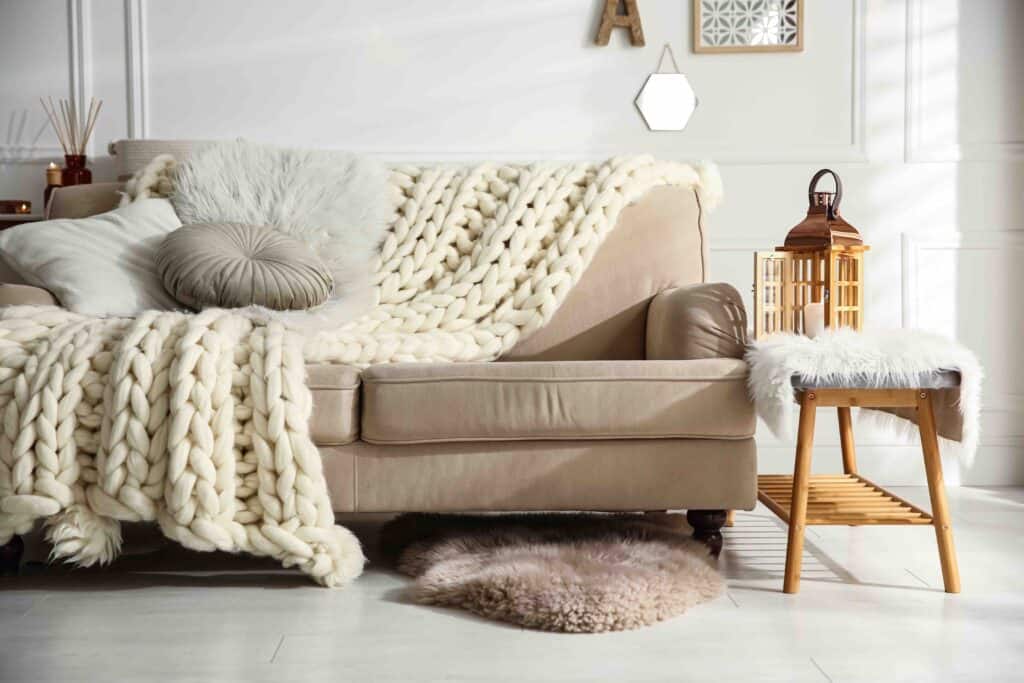
Visual representations of hygge often feature cozy scenes: a smoldering fire, a curled-up cat, plush slippers, a pile of books by the bed, or a steaming mug of cocoa. The emphasis on shelter and comfort is unmistakable, and the addition of chocolate to the equation is certainly hard to resist. As explained in The Book of Hygge: The Danish Art of Contentment, Comfort, and Connection, hygge is both a feeling and an action: “To hygge is to invite intimacy and connection.” The term functions as a noun, verb, and adjective, reflecting its versatility and centrality in Danish culture.
Danish philosopher Søren Kierkegaard aptly captured hygge’s essence when he observed, “Most men pursue pleasure with such breathless haste that they hurry past it.” Indeed, hygge encourages slowing down to savor life rather than rushing through it.
One of the most hygge activities is the preparation and sharing of food. In How to Hygge: The Nordic Secrets to a Happy Life, the author provides a guide to creating hygge in the kitchen, offering tips like mastering recipes for simple staples such as eggs or baking a fresh loaf of bread. The book also features indulgent treats like triple cherry gløgg — a spiced mulled wine infused with cardamom and star anise, embodying what the author calls “healthy hedonism.”
While hygge often focuses on the sanctuary of home, it extends to the outdoors as well. Nordic winters may be long and frigid, but the Danes embrace nature year-round. Whether it’s picking wildflowers, foraging for berries, or enjoying a leisurely bike ride, connecting with the natural world is deeply hygge. These outdoor pursuits aren’t about speed or intensity; a hygge bike ride involves a slow, scenic route on a classic bicycle with a woven basket. Appreciating the beauty of nature — be it through a gentle hike or a quiet paddleboarding session — is integral to the philosophy.

Even mundane tasks can embody hygge when approached with the right mindset. Sweeping the porch or making the bed becomes a ritual, a moment to honor life’s rhythms rather than a chore to begrudge. This intentional embrace of the ordinary transforms the mundane into something meaningful.
In many ways, the rise of hygge aligns with a broader cultural yearning for simplicity and authenticity. As noted in a New Yorker article, hygge is about “artisanal this and homemade that, fetishizing what’s rustic as authentic, what’s simple as sophisticated.” Urban sophisticates have long sought to emulate this aesthetic, gravitating toward handcrafted goods and natural elements in their homes.
Ultimately, hygge transcends trends. It is a timeless philosophy that teaches us to prioritize connection, savor the present, and find joy in life’s smallest details. Whether through the warmth of a candlelit room, the comfort of a soft blanket, or the camaraderie of a shared meal, hygge offers a gentle reminder to slow down and appreciate the beauty of the here and now.













![Next weekend, the Hamptons International Film Festival returns with a powerful slate of films, global premieres, and community connection. 🎬 From narrative dramas to groundbreaking documentaries, this East End tradition brings the art of cinema to life in unforgettable ways. [link in bio]](https://hamptonsrealestateshowcase.com/wp-content/uploads/sb-instagram-feed-images/553311384_18536395384030135_7815196520249715018_nfull.webp)

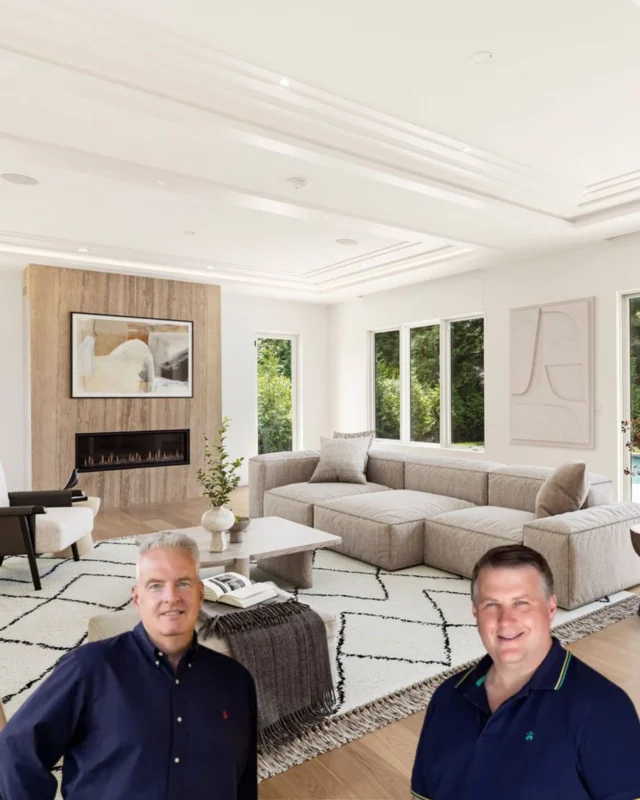
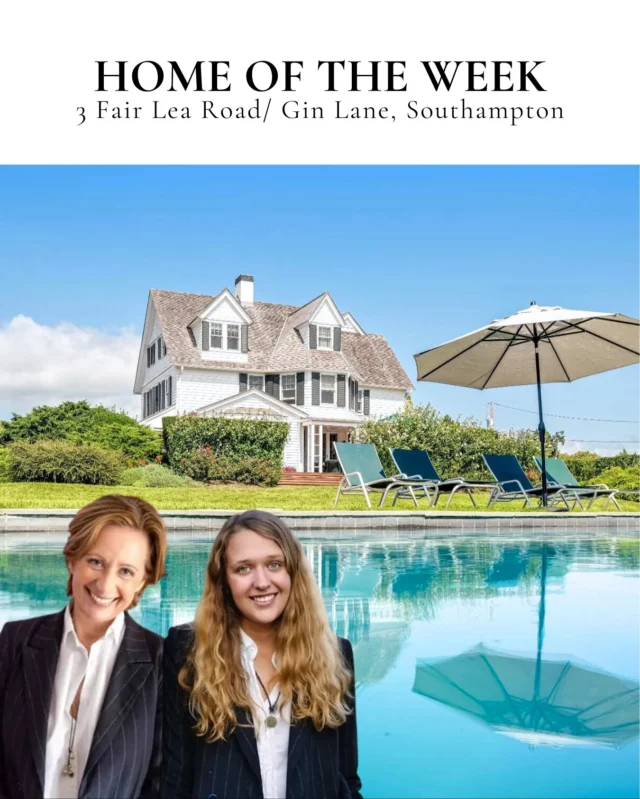
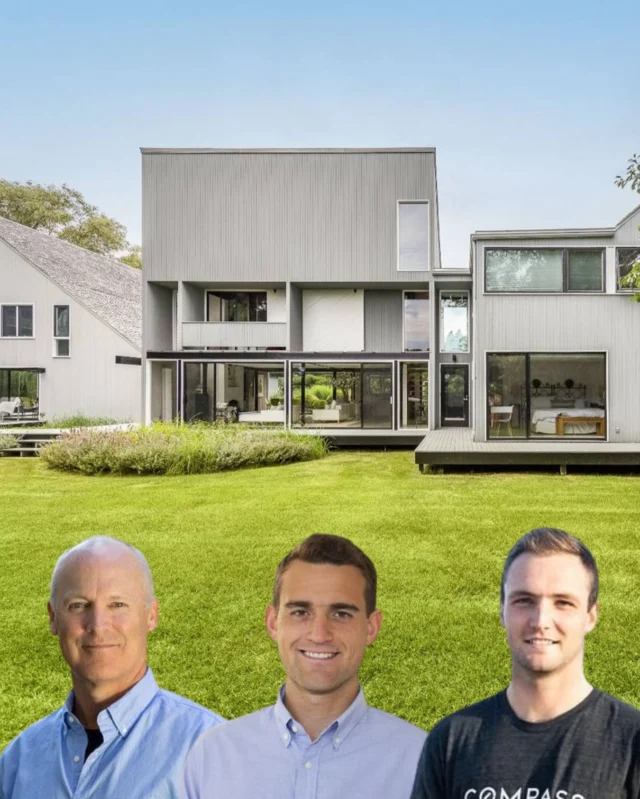
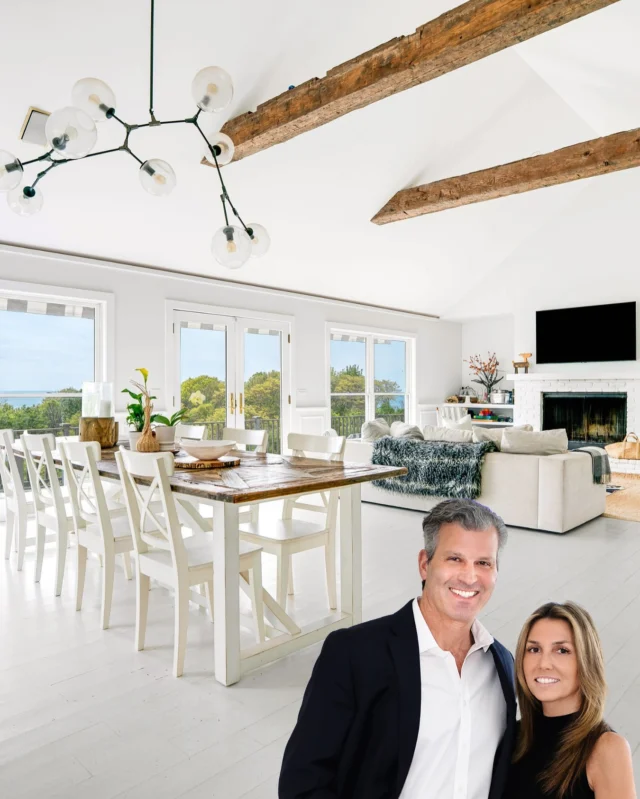
![Picnic season isn’t over just yet. From crisp whites to collapsible tables, a few well-chosen essentials can turn any outdoor moment into something special. We’ve curated a list of favorites to help you make the most of every last warm day. [link in bio]](https://hamptonsrealestateshowcase.com/wp-content/uploads/sb-instagram-feed-images/550776784_18534662161030135_2052866662940107332_nfull.webp)
![Seaside gardens are more than just beautiful, they’re built to endure. With the right plants, structure, and intention, coastal landscapes can thrive in even the toughest conditions. Designers share how to blend aesthetics with resilience for a garden that’s both striking and sustainable. [link in bio]](https://hamptonsrealestateshowcase.com/wp-content/uploads/sb-instagram-feed-images/552039742_18534454579030135_6181491184247772098_nfull.webp)
